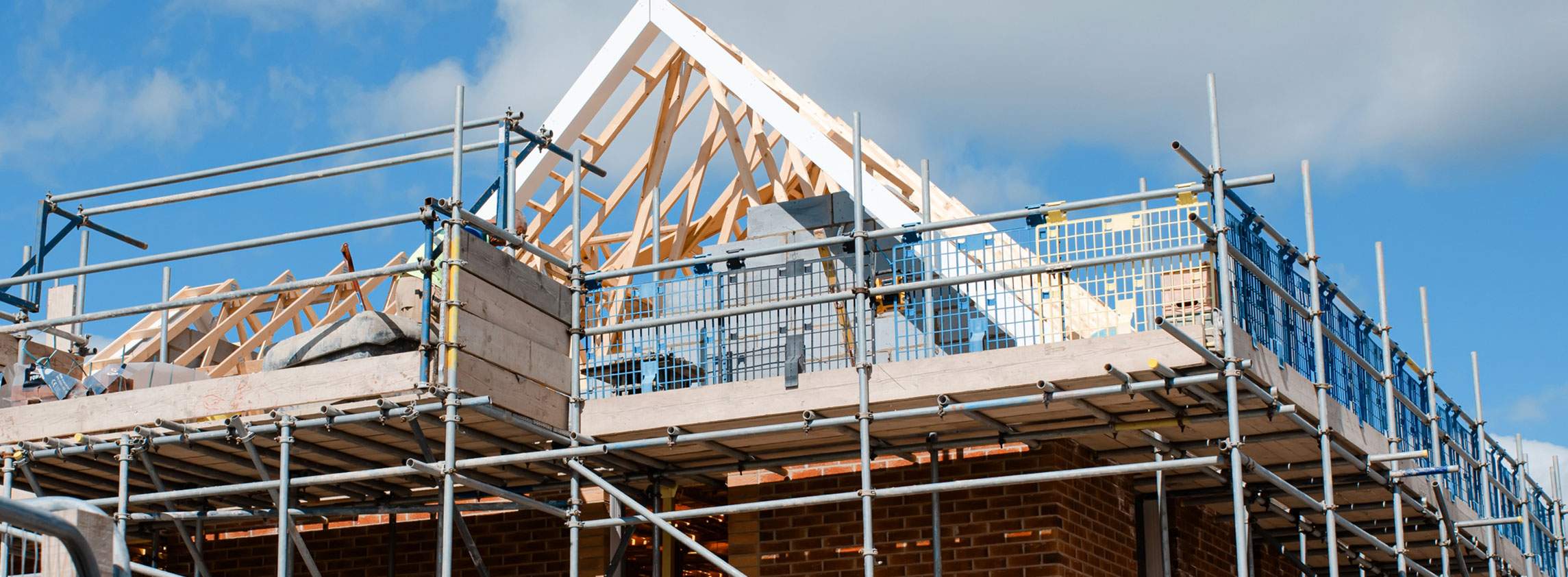Sustained strength in the land market
Land market remains exceptionally buoyant
The unceasing demand for development land has driven strong growth in land values and high activity levels over the last quarter. House price growth has also influenced land value growth in Q4 despite being partially offset by build cost inflation.
Following the exceptional strength of Q3 2021, UK greenfield and urban land values increased by 2.0% and 1.7%, respectively, in Q4 (3.9% and 2.2% in Q3), taking annual growth to 8.8% and 6.8%. This annual growth is the highest since 2014 when housebuilders were replenishing their pipelines and increasing their output supported by the economic recovery and the start of Help to Buy.
Activity levels have remained robust across all regions, with new sites launching onto the market and fewer land deals falling through in Q4 2021. There remains significant competition for sites as the number of bids per site is maintained at high levels. Secondary locations in the East and West Midlands have experienced greater demand as more parties consider these locations in order to secure sites.
Similarly in London, the land market remains active, driven by a shortage of land and sustained demand across a wide range of parties. Increasing competition from industrial and logistics developers has exacerbated the shortage of opportunities in London. There are some examples of sites earmarked for residential development that have been bought by industrial occupiers, outbidding residential developers.
Scarcity of supply fuelling land values
Constrained land supply has increased the competition for land, contributing to growth in land values over the last year. Nationally, 20% fewer homes were granted consent in the 12 months to Q3 2021 compared to 2019. Additionally, the proportion of sites in the most popular size range (50 to 200 units) gaining consent declined between 2015 and 2020. Although the proportion of homes on these sized sites increased in late 2020 and early 2021, just 40% of homes granted consent in Q3 2021 were on sites of this size. By contrast, there have been increasing proportions of homes granted consent on large sites (over 500 units) between 2015 and 2020.
The shortage of land supply is further challenged by ongoing capacity constraints in the planning system
Lydia McLaren, Associate, Residential Research
The shortage of land supply is further challenged by ongoing capacity constraints in the planning system. 94% of SME developers cited delays in securing planning permission as a major barrier to new development, according to an HBF, Close Brothers and Travis Perkins survey published in December 2021.
Competition from the major housebuilders
All types of developers from housebuilders to housing associations continue to actively search for sites, in some cases, widening their search patches and bidding competitively on smaller sites. Due to the strength of the sales market, there have been fewer conversions to affordable housing and bulk deals to Build to Rent. However, the appetite for sites for single-family Build to Rent continues to grow.
Major housebuilders are proving to be the most competitive in the land market and, in many cases, are outbidding other parties by squeezing margins, taking a view on sales growth and their ability to absorb rising cost pressures. Many of the cash-rich major housebuilders are also able to secure sites through offering unconditional bids with no deferred payment terms.
In 2021, most major housebuilders bought more land than the previous year (an average annual increase of c.60% based on published housebuilder reports for 2021) and are increasingly getting back to pre Covid-19 levels of land buying.
This has enabled housebuilders to fill gaps in their land pipelines and to progress their future growth strategies focused on delivering increased numbers of sales outlets, volume growth and strengthened land banks over the medium term.
The end of Help to Buy doesn’t appear to be having a material impact on the land market, with most of the major housebuilders planning for growth in completions post-2023, partly through an increase in outlets.
Outlook
Competition for land is likely to remain strong as a result of the supply-demand imbalance in the land market. However future uncertainty around build cost pressures and environmental requirements have the potential to temper future growth in land values. Lower house price inflation expectations in affordability constrained parts of the country also has the potential to suppress land values. BCIS anticipates that build costs will increase by 4.7% between Q3 2021 and Q3 2022 as a result of labour shortages and higher energy costs. Developers are also starting to factor increasing costs to meet the Future Homes Standard, ranging from £5,000 to £10,000 per plot in addition to other environmental mitigation provisions into their land bids.
